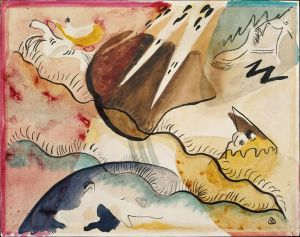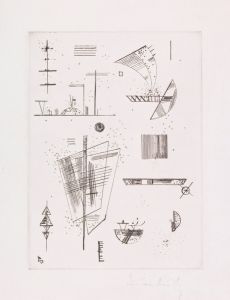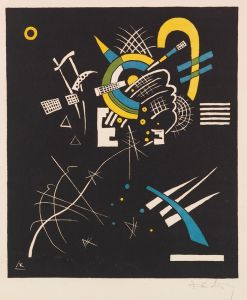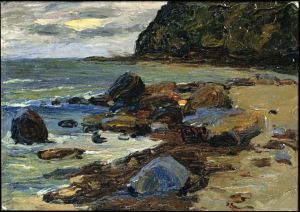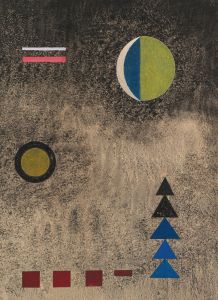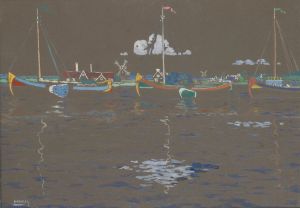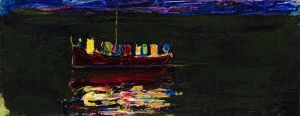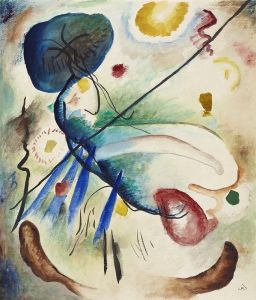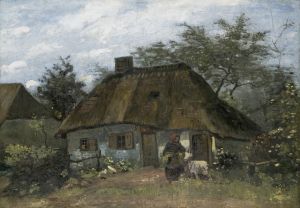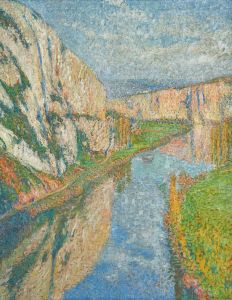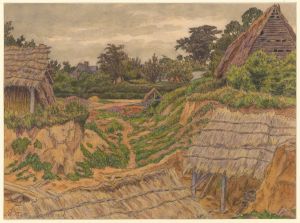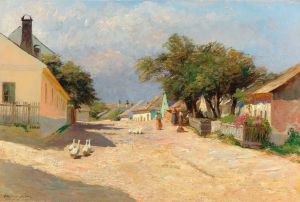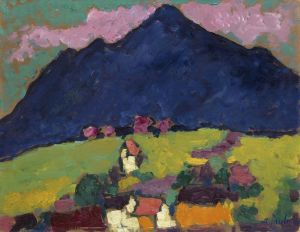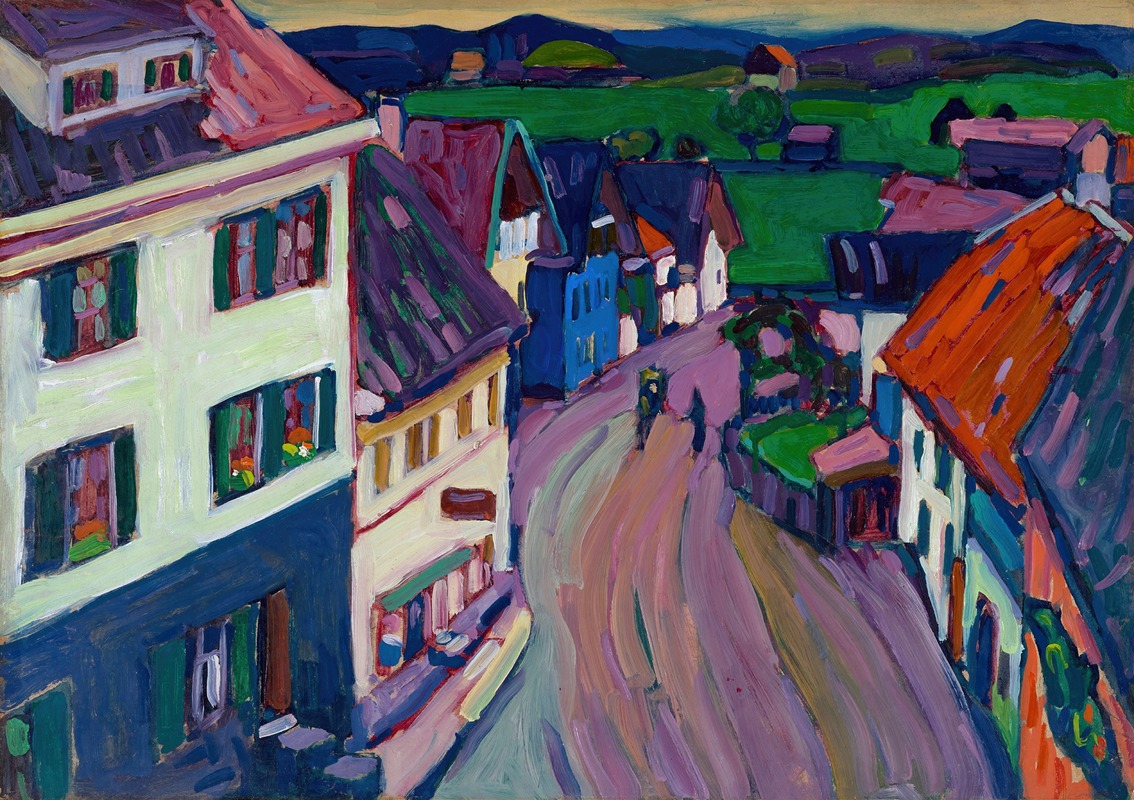
Murnau – View from the window of the Griesbräu
A hand-painted replica of Wassily Kandinsky’s masterpiece Murnau – View from the window of the Griesbräu, meticulously crafted by professional artists to capture the true essence of the original. Each piece is created with museum-quality canvas and rare mineral pigments, carefully painted by experienced artists with delicate brushstrokes and rich, layered colors to perfectly recreate the texture of the original artwork. Unlike machine-printed reproductions, this hand-painted version brings the painting to life, infused with the artist’s emotions and skill in every stroke. Whether for personal collection or home decoration, it instantly elevates the artistic atmosphere of any space.
"Murnau – View from the window of the Griesbräu" is a painting by the Russian-born artist Wassily Kandinsky, created in 1908. Kandinsky, a pioneer of abstract art, was deeply influenced by his surroundings and the vibrant landscapes he encountered during his travels. This particular work is a testament to his time spent in the small Bavarian town of Murnau, where he found inspiration in the picturesque scenery and the unique quality of light.
The painting depicts a view from the window of the Griesbräu, a local brewery in Murnau, capturing the essence of the town's landscape with its rolling hills, quaint buildings, and lush greenery. Kandinsky's use of bold colors and dynamic brushstrokes reflects his evolving style, which was moving away from traditional representation towards abstraction. The composition is characterized by its vivid palette and the interplay of shapes and forms, which convey a sense of movement and energy.
Kandinsky's time in Murnau was a significant period in his artistic development. He visited the town with his companion, Gabriele Münter, who was also an artist. Together, they explored the surrounding countryside and produced numerous works that showcased the beauty of the region. The influence of Murnau's landscapes is evident in Kandinsky's work from this period, as he began to experiment with color and form in new and innovative ways.
"Murnau – View from the window of the Griesbräu" is an example of Kandinsky's transition from representational art to abstraction. The painting retains some elements of recognizable forms, such as the buildings and natural features, but these are rendered in a stylized manner that emphasizes their geometric qualities. This approach reflects Kandinsky's interest in the spiritual and emotional power of color and form, which would become central themes in his later abstract works.
The painting is also notable for its use of color, which is both expressive and symbolic. Kandinsky believed that colors had inherent emotional and spiritual qualities, and he used them to evoke specific feelings and moods. In this work, the vibrant hues of blue, green, and yellow create a sense of harmony and balance, while the contrasting reds and oranges add a dynamic and lively element to the composition.
"Murnau – View from the window of the Griesbräu" is an important work in Kandinsky's oeuvre, as it marks a pivotal moment in his artistic journey. It demonstrates his growing interest in abstraction and his belief in the transformative power of art. The painting is a reflection of his innovative spirit and his desire to push the boundaries of traditional artistic conventions.
Today, Kandinsky is celebrated as one of the most influential artists of the 20th century, and his work continues to inspire and captivate audiences around the world. "Murnau – View from the window of the Griesbräu" remains a significant piece in the history of modern art, representing a key moment in the evolution of abstract painting.





